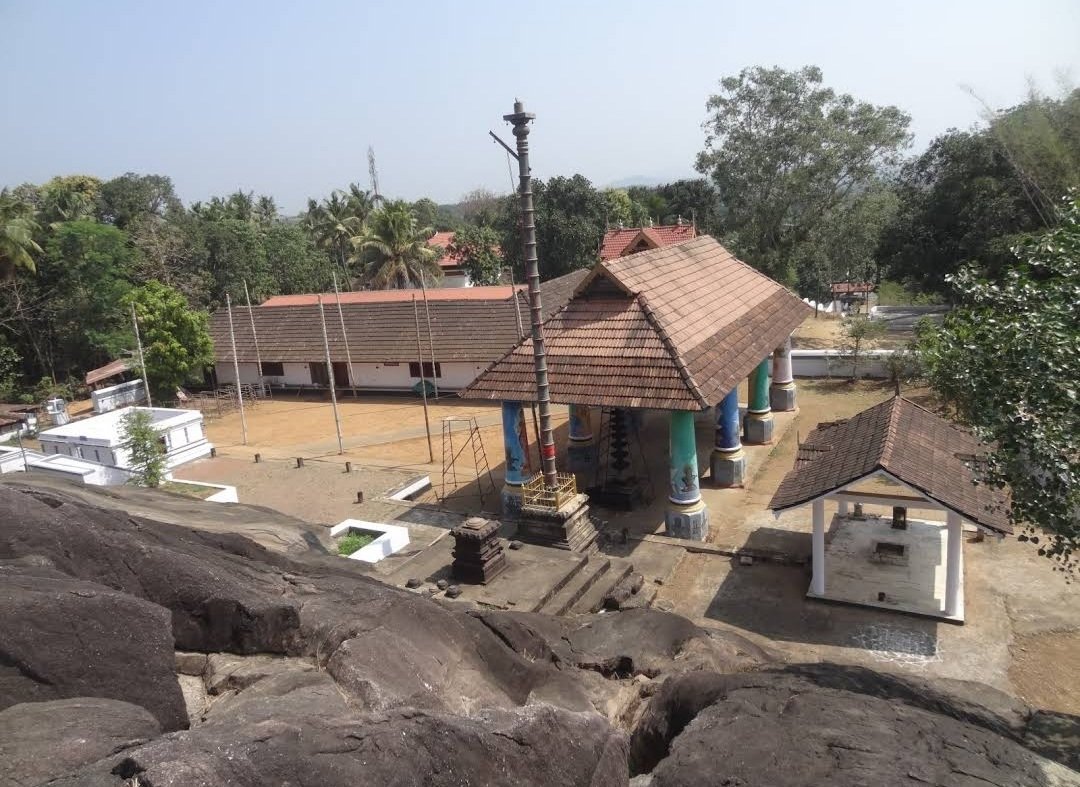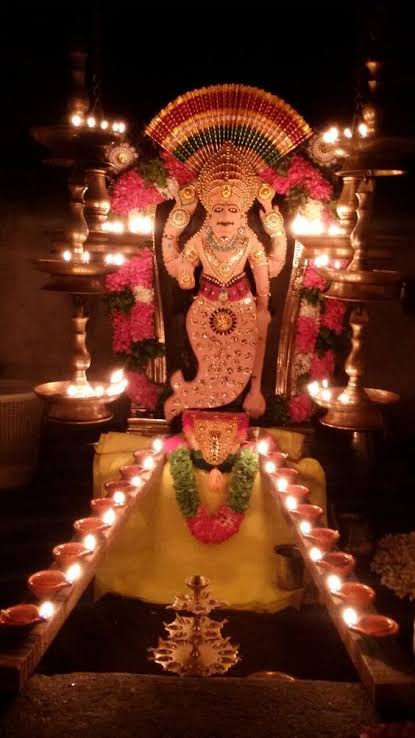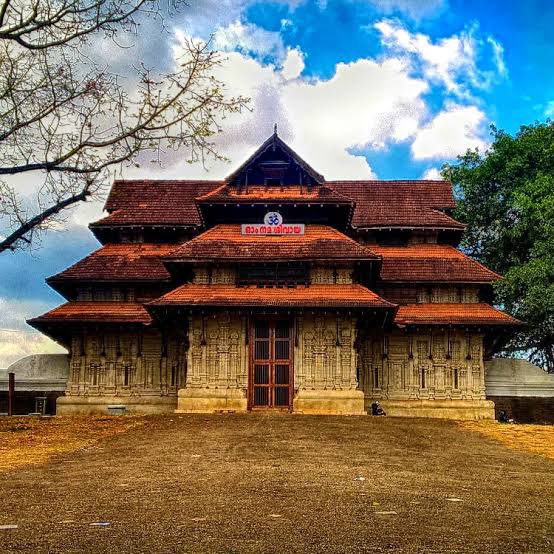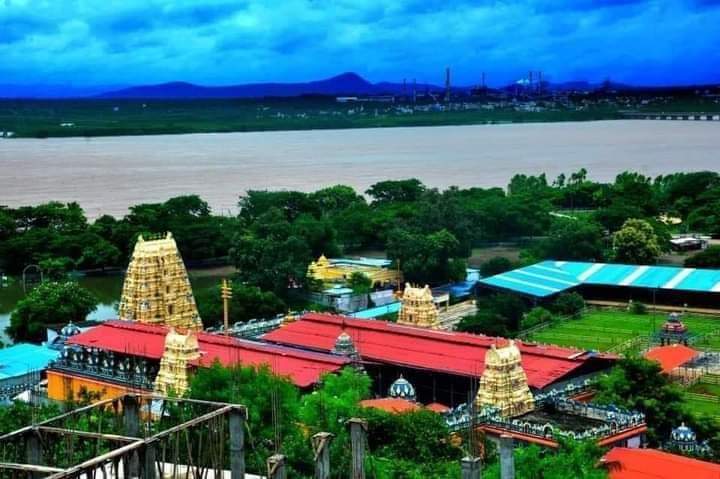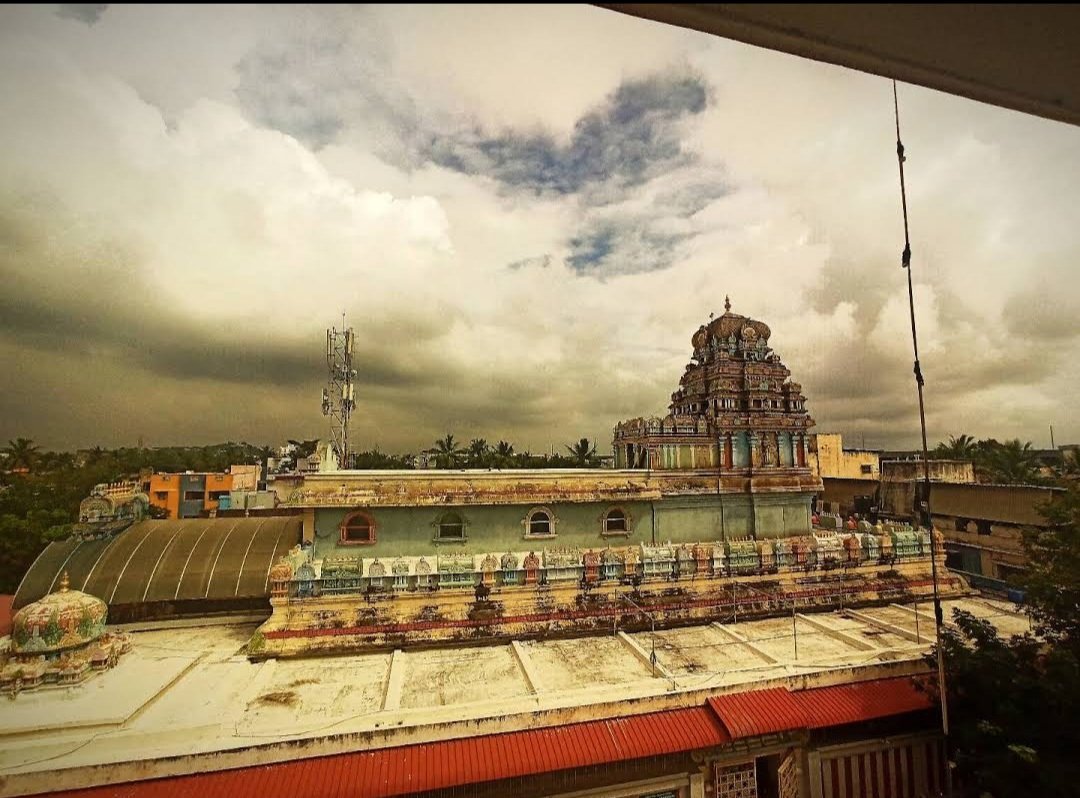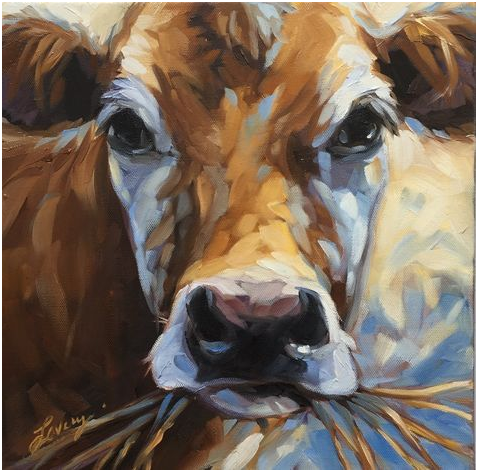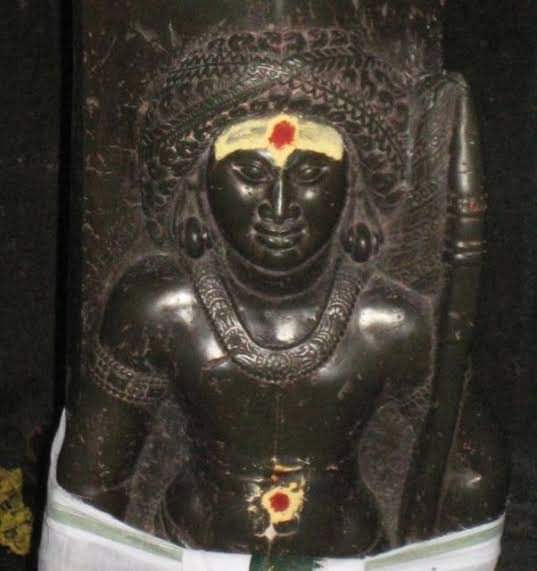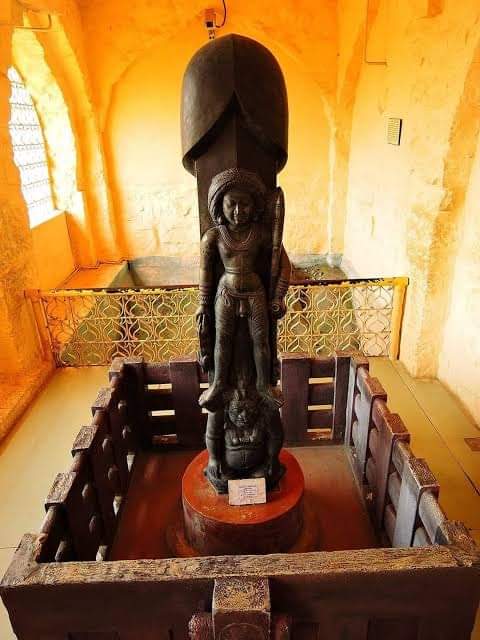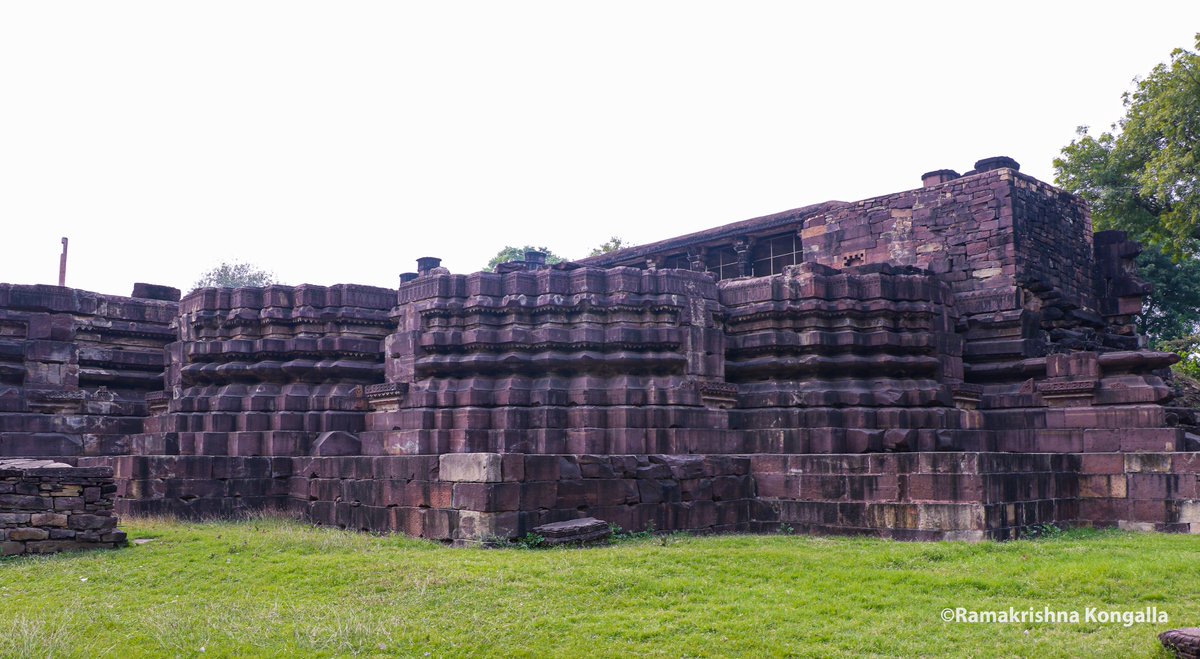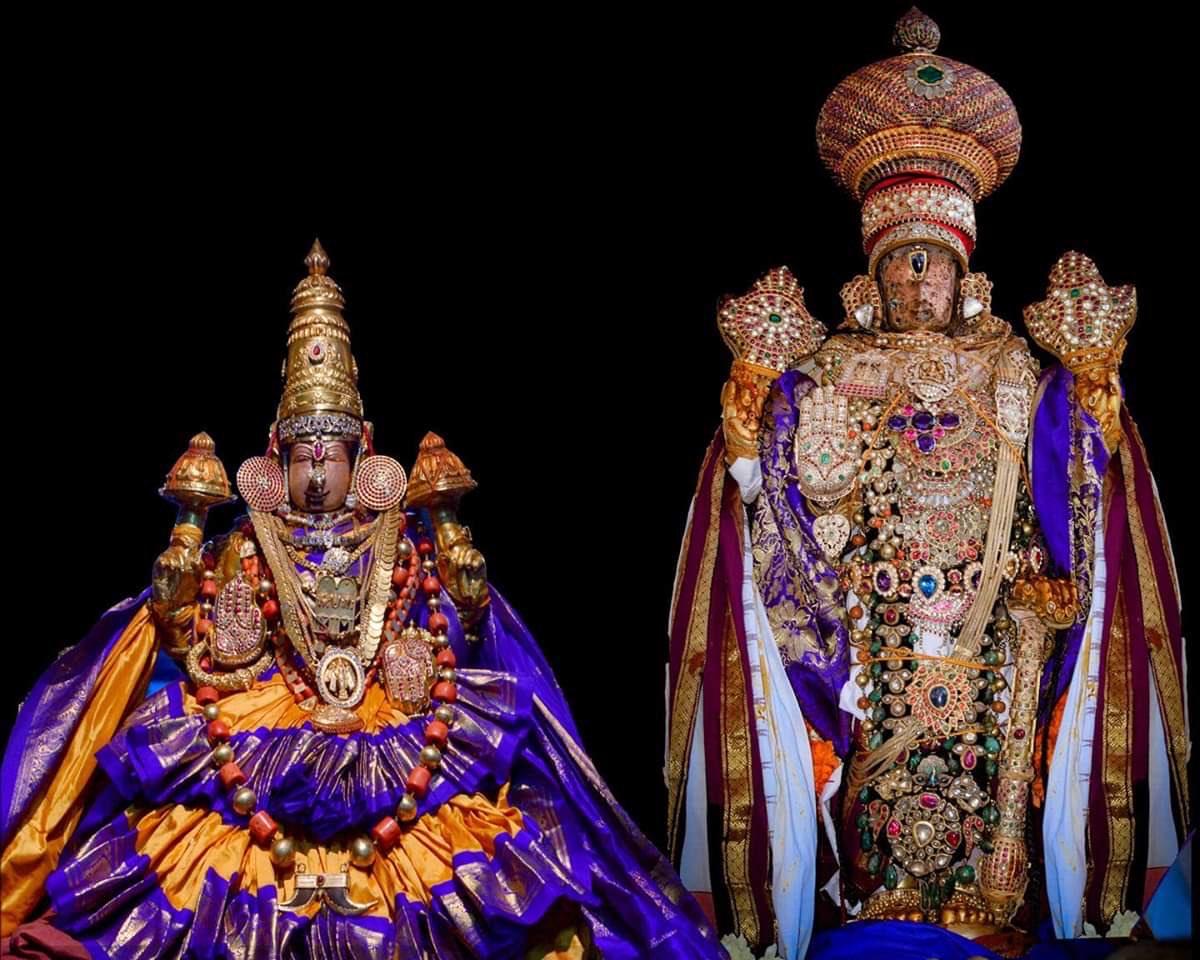Narayanagl's Categories
Narayanagl's Authors
Latest Saves
A #story from #Thiruvilayadal puranam-one of divine leelas of Bhagwan Shiva
#threadseries #Madurai
Story 17- it is about Bhagwan Shiva as merchant selling precious navaratna stones
மாணிக்கம் விற்ற படலம்
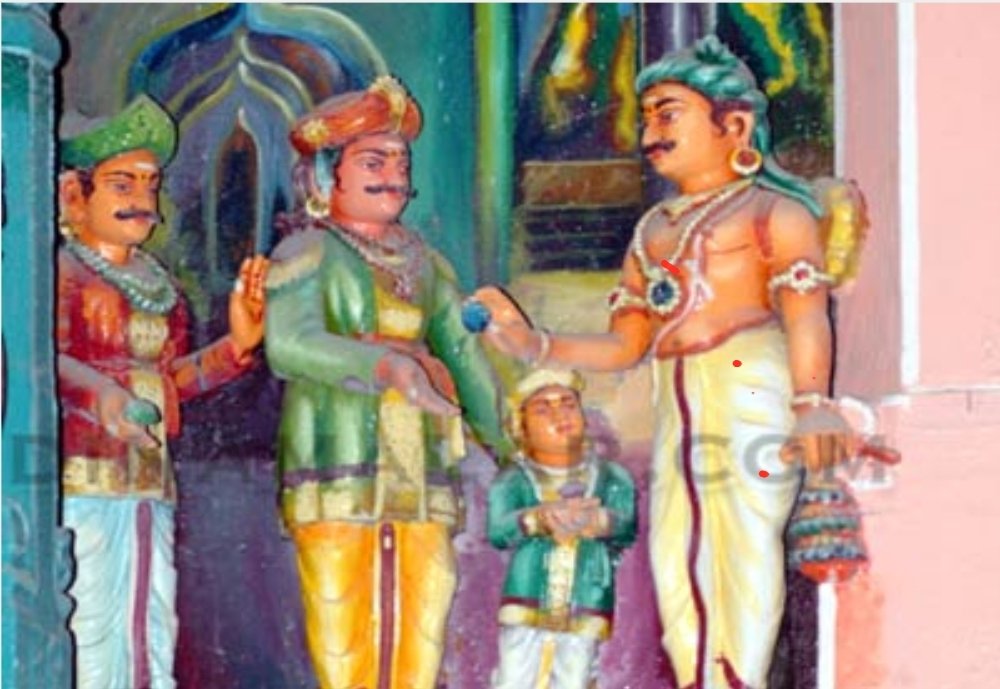
Veerapandian was happily ruling the Pandya kingdom.Apart from the queen,he had many wives.Though he had children born to him from his other wives,but the queen was not blessed with a child.Queen was sad due to this & urged Veera pandian to do Shiva puja & Vrathams along with her.
After following several rituals& Vrathams they were blessed with a son.He named him as SelvaPandyan & taught him vedas & sastras.Once when veerapandian went to forest for hunting,he was attacked by a tiger & was killed.
The sudden demise of Raja brought sorrow to family& people.
The other sons of Raja used this opportunity to loot the riches from treasury,took away precious jewels,crowns & many other treasures.Ministers unaware of this decided to sworn in young prince as the Raja.They were shocked when the treasury was opened.The crown was not there.
Enough Gems were not there to make a new crown.With great worry, ministers along with prince SelvaPandyan decided to go to Alayam of Bhagwan Shiva & Meenakshi devi to guide them on next https://t.co/v5UhkQnxv6 they nearing Alayam,a charming jewel trader walked towards them.
#threadseries #Madurai
Story 17- it is about Bhagwan Shiva as merchant selling precious navaratna stones
மாணிக்கம் விற்ற படலம்

Veerapandian was happily ruling the Pandya kingdom.Apart from the queen,he had many wives.Though he had children born to him from his other wives,but the queen was not blessed with a child.Queen was sad due to this & urged Veera pandian to do Shiva puja & Vrathams along with her.
After following several rituals& Vrathams they were blessed with a son.He named him as SelvaPandyan & taught him vedas & sastras.Once when veerapandian went to forest for hunting,he was attacked by a tiger & was killed.
The sudden demise of Raja brought sorrow to family& people.
The other sons of Raja used this opportunity to loot the riches from treasury,took away precious jewels,crowns & many other treasures.Ministers unaware of this decided to sworn in young prince as the Raja.They were shocked when the treasury was opened.The crown was not there.
Enough Gems were not there to make a new crown.With great worry, ministers along with prince SelvaPandyan decided to go to Alayam of Bhagwan Shiva & Meenakshi devi to guide them on next https://t.co/v5UhkQnxv6 they nearing Alayam,a charming jewel trader walked towards them.







